Basmati rice has always been my go-to for its unique fragrance and perfect fluffiness, making dishes like pilaf and curry stand out. But sometimes, whether due to dietary changes or just looking for a bit of variety, finding a worthy substitute can open up a whole new world of flavors in our cooking. And here come in handy these great 8 Basmati substitutes - from basmati and jasmine rice to Carolina Gold and Texmati!
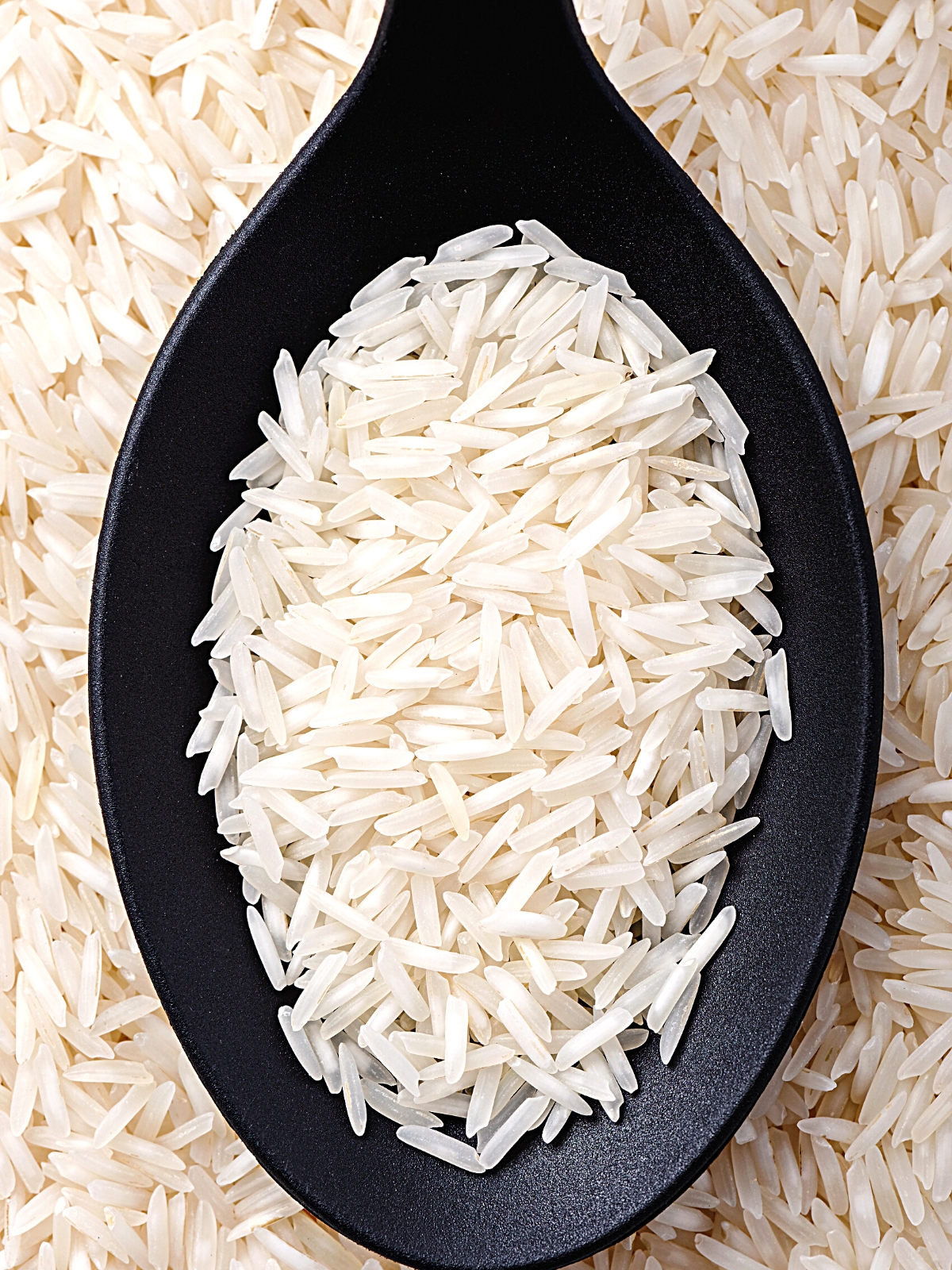
Jump to:
🌾 Grain Highlights
- My favorite substitutes for basmati rice include long-grain white rice for its versatility, jasmine rice for its aromatic qualities, and popcorn rice for adding an unexpected twist to meals.
- Noteworthy picks are Carolina gold rice for its deep roots and rich taste and kalijeera rice for those times when I'm looking for something quick yet satisfying.
- For guidance on getting the best results with these alternatives or sticking to the classic, check out "how to cook basmati rice" to master the basics. If you can cook basmati rice, other long grain rice varieties will be easy to prepare too!
📜 List of 8 Best Basmati Rice Substitutes
1. Long Grain White Rice
Long grain rice is a go-to in my kitchen because it's versatile! It cooks up nice and fluffy, and the grains don't stick together much, which is perfect for when I'm aiming for that basmati vibe in my dishes.
I've found it works great in everything from savory dishes to sweet treats, perfect if you like the flavor of cooked basmati rice without the strong smell. You can also try long brown rice; it's nuttier and has more texture than white rice, adding a wholesome twist to your meals and a slight variation in cooking time [brown rice takes longer to cook!] that's worth adjusting for.

2. Long Grain Jasmine Rice
I've found Jasmine rice to be a perfect stand-in for basmati, thanks to its sweet aroma and tender texture. It's from Thailand and really soaks up the flavors of whatever you're cooking.
For dishes where the fragrance of the rice is front and center, Jasmine rice is my go-to, especially when making fried rice. Just a heads-up, its slight stickiness is different from basmati, so it's best in dishes where that texture can be appreciated.

3. Popcorn Rice
Popcorn rice, a Southern U.S. gem, actually smells like popcorn as it cooks, adding a fun twist to mealtime. It looks and tastes a lot like basmati, making it my choice to add a bit of novelty to traditional recipes.
It's especially great for dinner parties where its unique aroma can spark conversation! Remember, its fluffiness is key, so be careful not to overcook it and lose that perfect texture.
4. Carolina Gold Rice
Carolina gold rice is something special. It's this heirloom variety from the South, and it's got a story to tell. The grains are firm and have this rich, nutty taste that sets them apart. I like using it as a basmati substitute because it adds so much depth to my dishes.
Its ability to hold its shape and texture makes it suitable for a wide range of culinary applications, from traditional Lowcountry dishes to exotic international cuisines. Carolina gold rice offers an unparalleled choice for those seeking rice with a strong cultural heritage and a robust flavor profile.
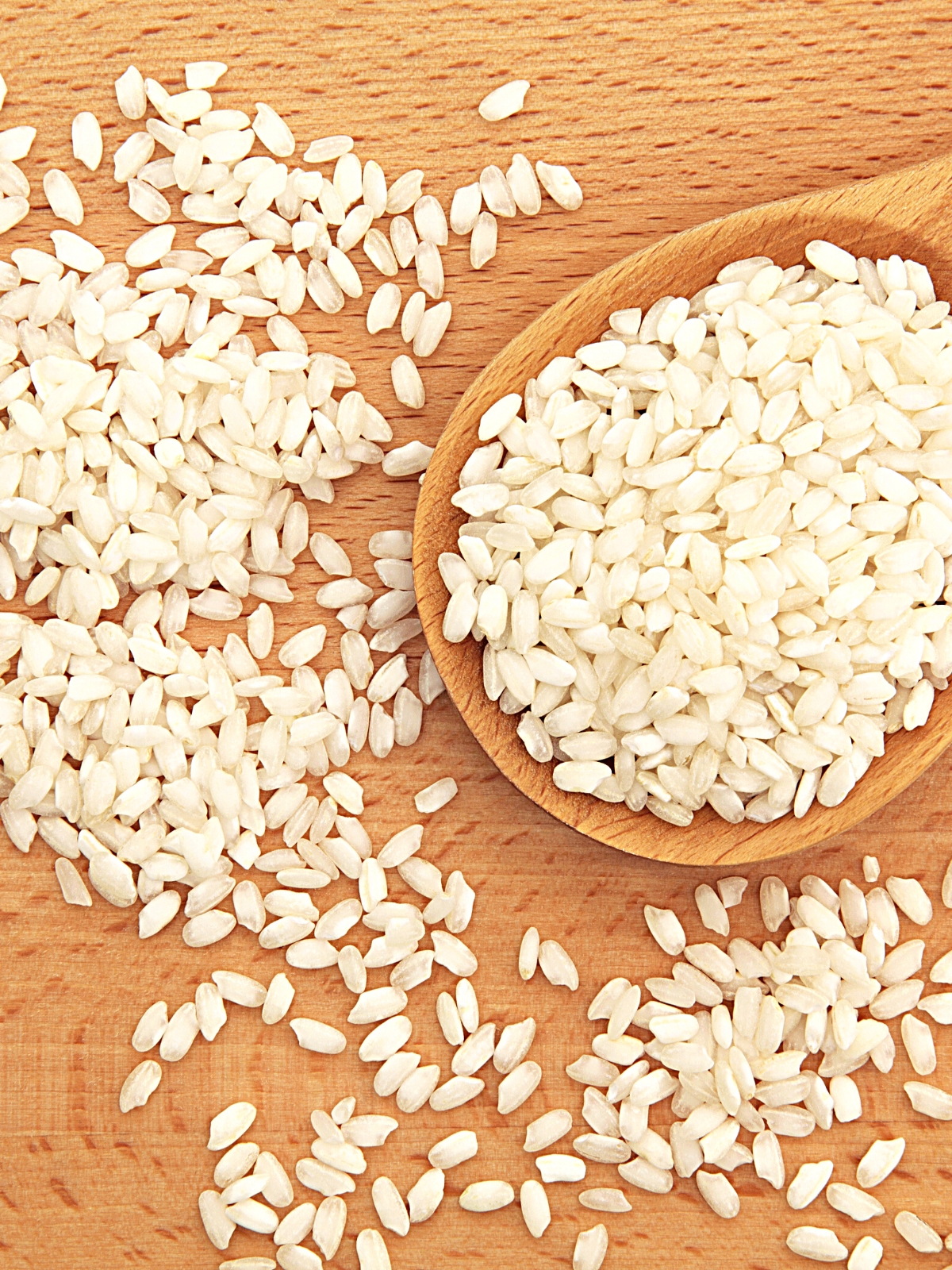
5. Mogra Rice
Mogra rice, often hailed as a miniature version of basmati, packs a delightful aroma in its tiny grains. What stands out for me is its ability to bring that basmati-like fragrance to dishes in a shorter cooking time, making it perfect for busy weeknights.
Its smaller grain size also means it cooks up a bit quicker, which is a huge plus, making it one of the best substitutes for basmati rice.
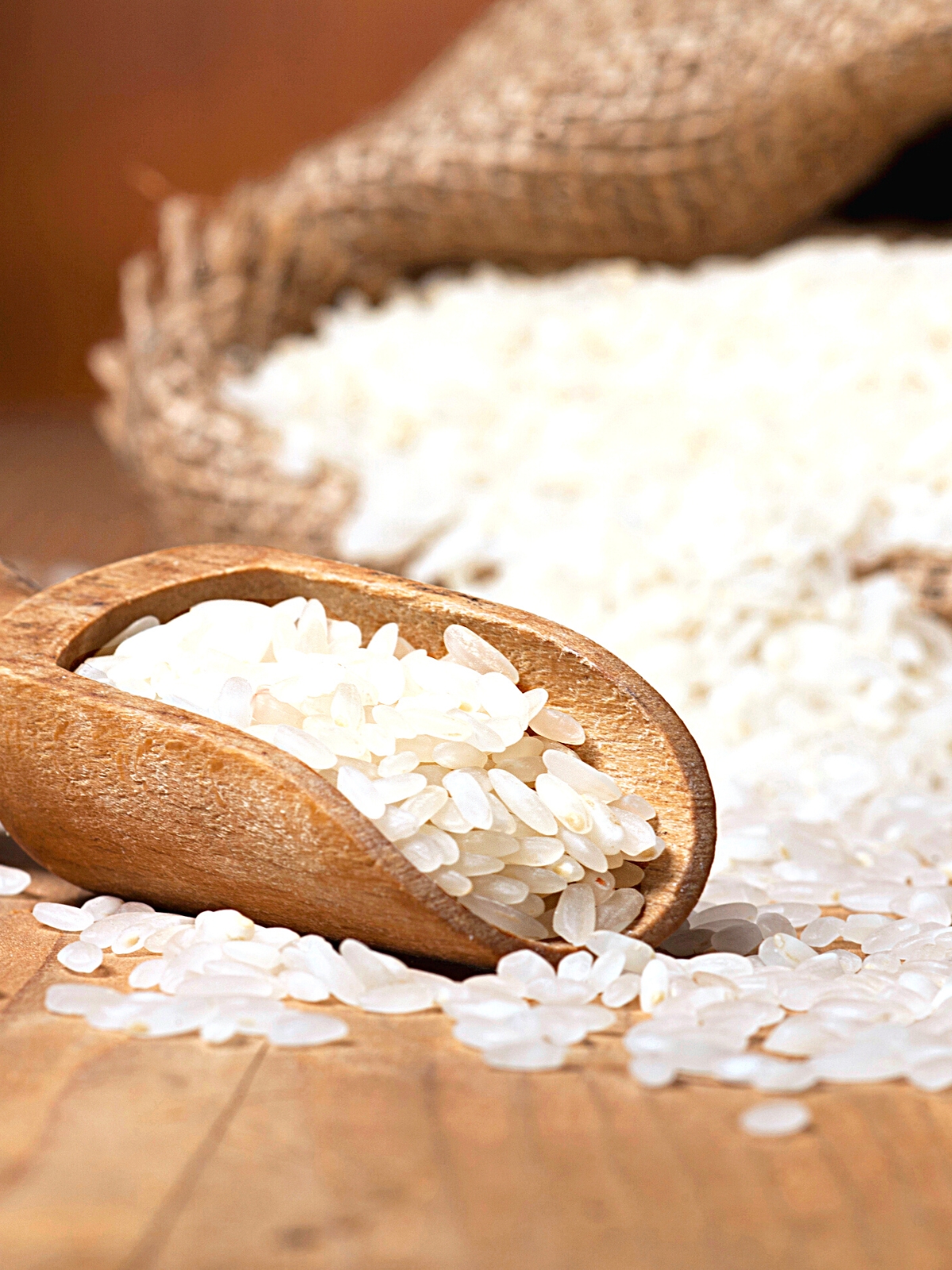
6. Texmati Rice
Texmati rice, a Texan blend of basmati and American long-grain, has become a staple in my kitchen for its nutty basmati flavor and chewy texture. It's versatile, fitting well into recipes needing basmati's elegance but with a hearty American twist.
If you're cooking something that needs a bit more substance, Texmati won't let you down. It's become a go-to in my kitchen for a range of dishes, from hearty stir-fries to flavorful pilafs. A little tip: if you find it a bit too chewy for your taste, a longer soaking before cooking can help soften it up.
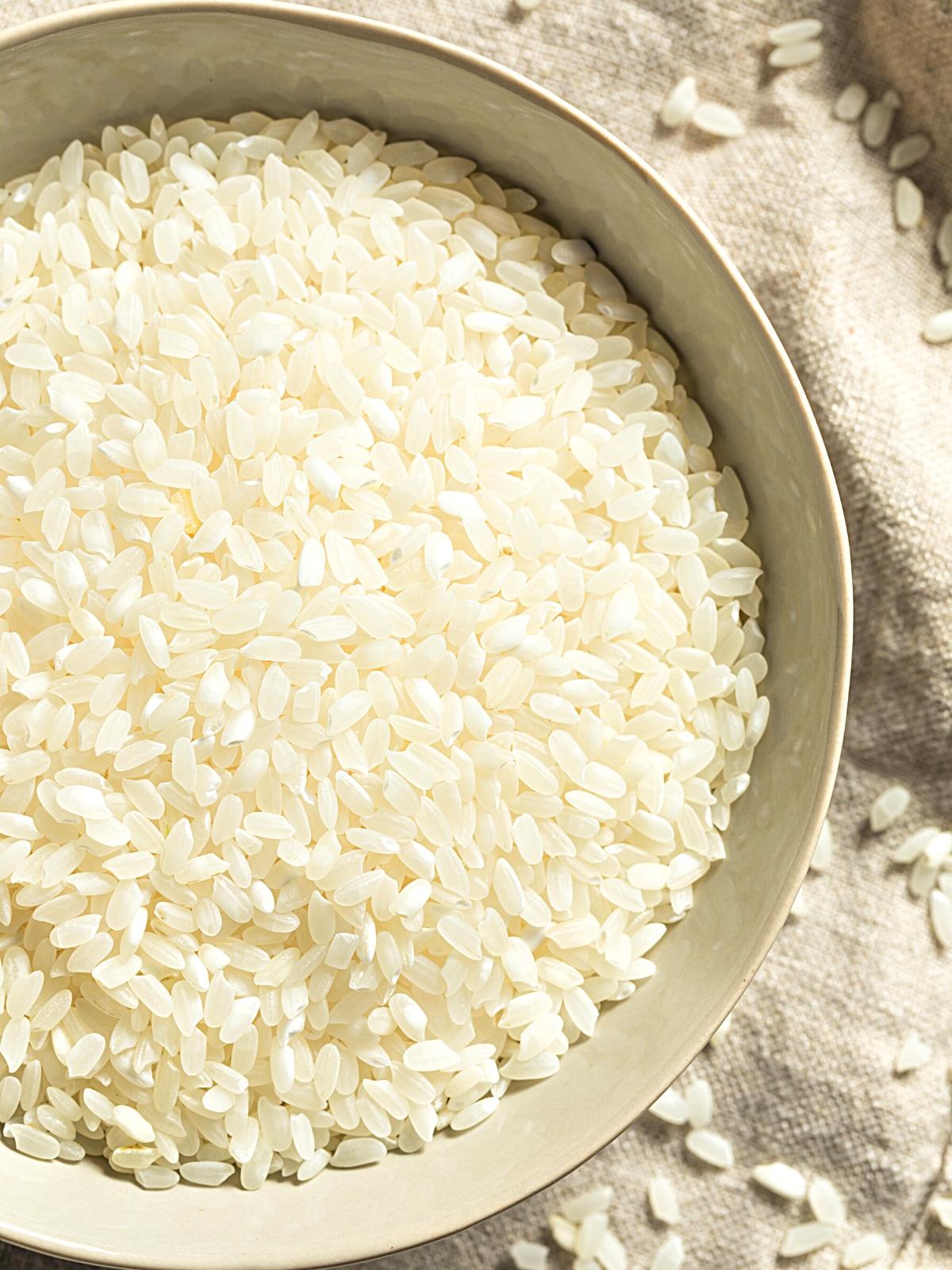
7. Wild Rice Blend
Wild rice blends combine long-grain, wild rice, and sometimes other varieties, offering a surprising mix of textures and flavors. While not a direct basmati substitute, wild rice brings depth and an earthy taste to dishes and adds visual appeal to salads and sides.
Just remember, wild rice blends can take longer to cook than your standard basmati, so plan your meal prep accordingly.
In the following article, I've extensively covered substitutes for wild rice.

8. Kalijeera Rice
Kalijeera, or "baby basmati," from Bangladesh, is a game-changer for quick, flavorful meals. Its small grains cook fast, providing basmati's fluffiness and a unique, slightly nutty flavor. It is ideal for when time is short, but you want to impress. Watch it cooking closely to prevent mushiness and use less water.
🙋♀️ People Also Ask [FAQs]
A good basmati rice substitute should mimic the long-grain texture and aromatic quality while also being versatile enough to fit into a variety of dishes.
While you can use short-grain rice in place of basmati, it's worth noting that it has a different texture and flavor. Short-grain rice is stickier and chewier than fluffy and aromatic Basmati.
Cooking times can vary. For example, quick-cooking options like Kalijeera rice take less time, while grains like wild rice blends may require longer cooking periods.
Yes, you could consider alternatives like quinoa, couscous, or bulgur wheat in dishes where the rice serves mainly as a side or filler. However, they will not provide the same flavor and texture as Basmati rice.

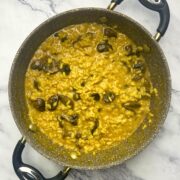


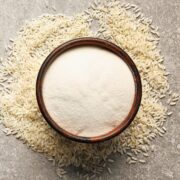

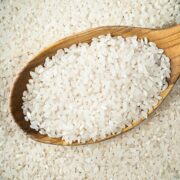
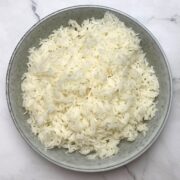
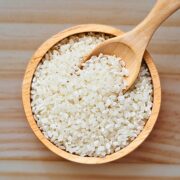
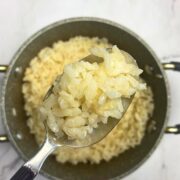

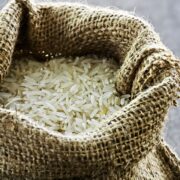
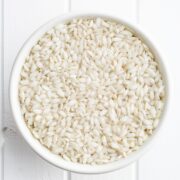
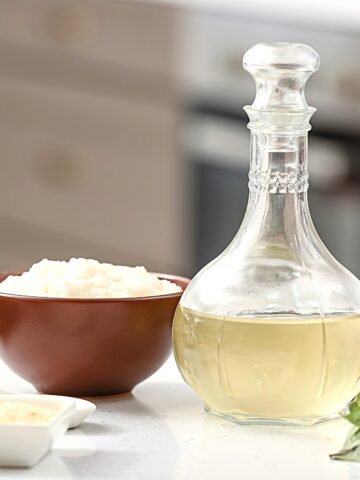
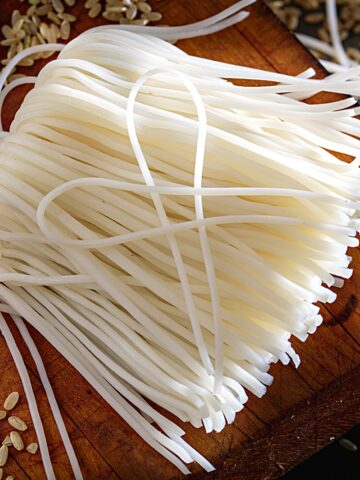
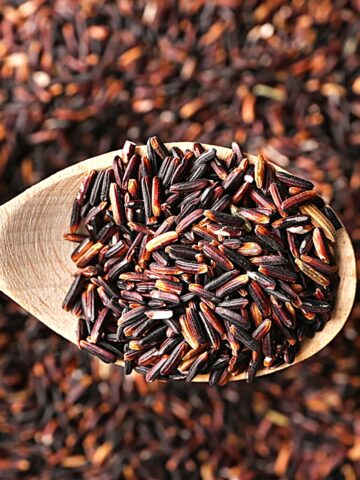
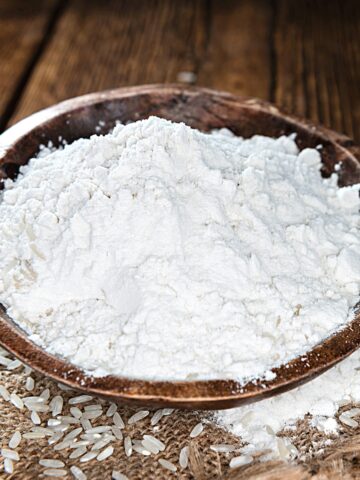
Leave a Comment